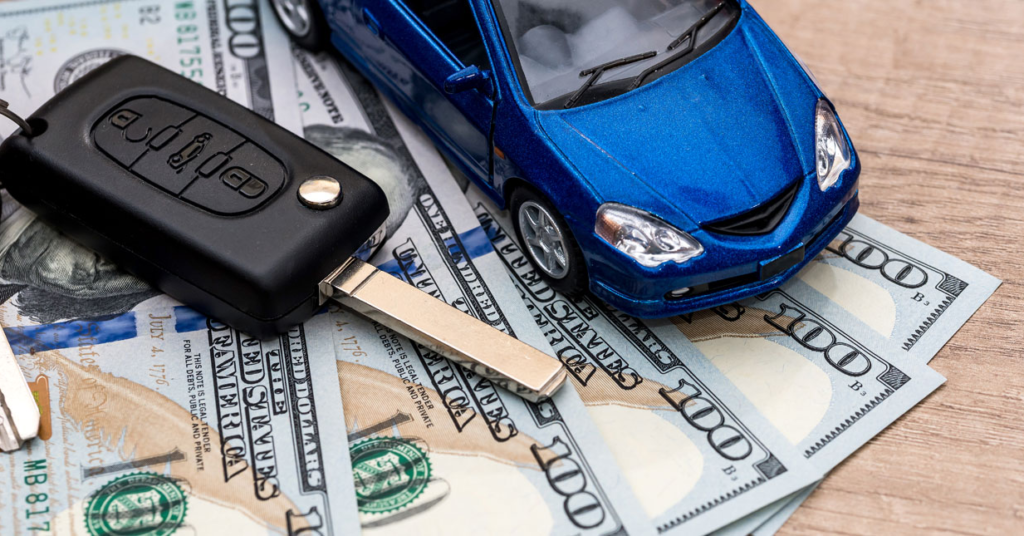As the auto market continues its tumultuous stretch from unprecedented highs to welcomed lows, Americans who find themselves looking for car traders near me are battling negative equity that is making it difficult to afford everyday life.
In its simplest form, negative auto equity is the amount a driver still owes on their vehicle when they traded into a dealer for another vehicle. As auto prices climbed during the pandemic due to supply chain shortages, many drivers found themselves purchasing new and used vehicles at unprecedented markups. While those prices dropped at the close of 2022, prices have slowly ticked back up during the first quarter of 2023.
For many drivers who find themselves needing to upgrade their vehicle or swap it in for a new one, the burden of negative equity has made it nearly impossible to qualify for a loan, and get into the vehicle they want.
It’s not just drivers who are trading in their vehicles either. Every day drivers who purchased at the height of the auto market could be facing negative equity that is much higher than simple depreciation.
“As trade-in values begin to cool, each month more and more consumers will find themselves falling from positive to negative equity,” said Ivan Drury, director of insights at auto-market researcher Edmunds. “Unless American car shoppers break their habit of buying again too soon, we’ll see the negative equity tide continue to rise.”
The rising cost of everything including auto payments is certainly not helping with negative equity and auto affordability either. According to reason data, nearly 15% of drivers who purchased a new vehicle at the close of 2022 have an auto payment of $1,000 or more every month. With few alternatives for transportation available, many drivers have no choice but to continue making these auto payments. For many, this means digging a deeper hole of debt that might feel unsurmountable after a prolonged period of time.
Kathleen Engel, a law professor at Suffolk University highlights that the cost of a new vehicle has jumped nearly 20% since the start of the pandemic. With driving being a necessity for many American families, this is an expense that won’t go away. “Because these car loans are generally unaffordable at the outset, that means that every month, borrowers are getting closer to the financial edge,” Engel shares.
Experts Warn of a Foreboding Future
Many experts warn that along with inflation, rising auto lending rates, and unstable auto prices, the trend of negative auto equity is set to continue.
While dealers are simply players in the automotive industry, they have adapted their business models to help drivers afford the vehicles they purchase. Many dealers have introduced longer lease periods that help break down monthly payments into more manageable sums. While this helps spread out payments, it does ultimately make it harder for borrowers to get out of debt and move on to other milestones in life such as purchasing a house or paying off other debts.
What Can You Do to Alleviate Auto Debt
So what can drivers do to help balance out the negative equity associated with high-cost yet depreciating used vehicles? For starters, experts advise that if you can wait to make an auto purchase, you should wait until prices simmer down. Waiting, especially until after the close of tax season could bring significant price breaks.
When shopping with car traders near me, consider shopping models that truly reflect a budget you can afford. While it might not have all the features you want, purchasing a vehicle, especially a used model, you truly can afford will allow you to manage the debt and pay it off on time if not sooner.
